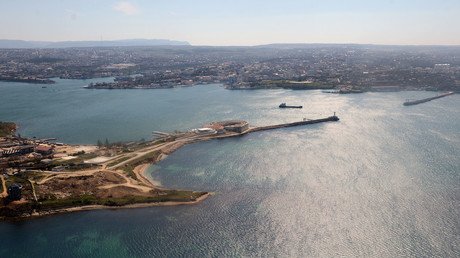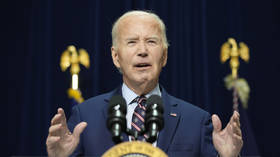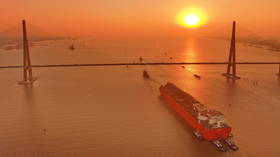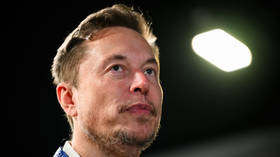Putin turns on gas for Crimea via pipeline from mainland Russia
The recently built natural gas pipeline from mainland Russia to Crimea has become operational. The pipeline will provide natural gas for the entire population of the peninsula.
"This is another very important step for the development of Crimea in the long term. The supplies of Russian gas to the Crimean peninsula will allow us to develop its economy as a whole and will also help to meet the social needs of the Crimea and Sevastopol," said Russian President Vladimir Putin.
The pipeline stretches 358.7 kilometers across Lake Tuzla and the Kerch Strait, with an additional 27.3-kilometer spur to Simferopol.
According to Putin, the pipeline will provide gas for two 470 megawatts (MW) power stations, which will be built by 2018.
In the next four years, Russia will build or reconstruct over 2,500 kilometers of cross-country gas pipelines and build eight gas pumping stations in the Crimea.
Crimea consumes up to 1,300 MW of electricity. Previously 800 MW was supplied by Ukraine. Now the region can meet its own energy demands. With the announced new power stations the peninsula will be able to generate up to 2,000 megawatts, which exceeds demand.
In November 2015, Crimean authorities had to declare a state of emergency after all four Ukrainian power lines providing electricity to the peninsula were blown up, causing a total blackout. This urged the Kremlin to speed up building an independent energy system for the region.
Providing power to Crimea is a part of a bigger project to unite the peninsula with mainland Russia. Moscow expects to open a 19-kilometer long bridge to bypass Ukraine in 2018.
The bridge will have a four-lane highway and two-track railroad, capable of handling up to 40,000 vehicles and dozens of trains a day to the peninsula over the Kerch Strait.
Crimea’s only land border is with Ukraine, but currently, regular passenger and cargo deliveries are organized by direct flights and ferries from ports in southern Russia.














